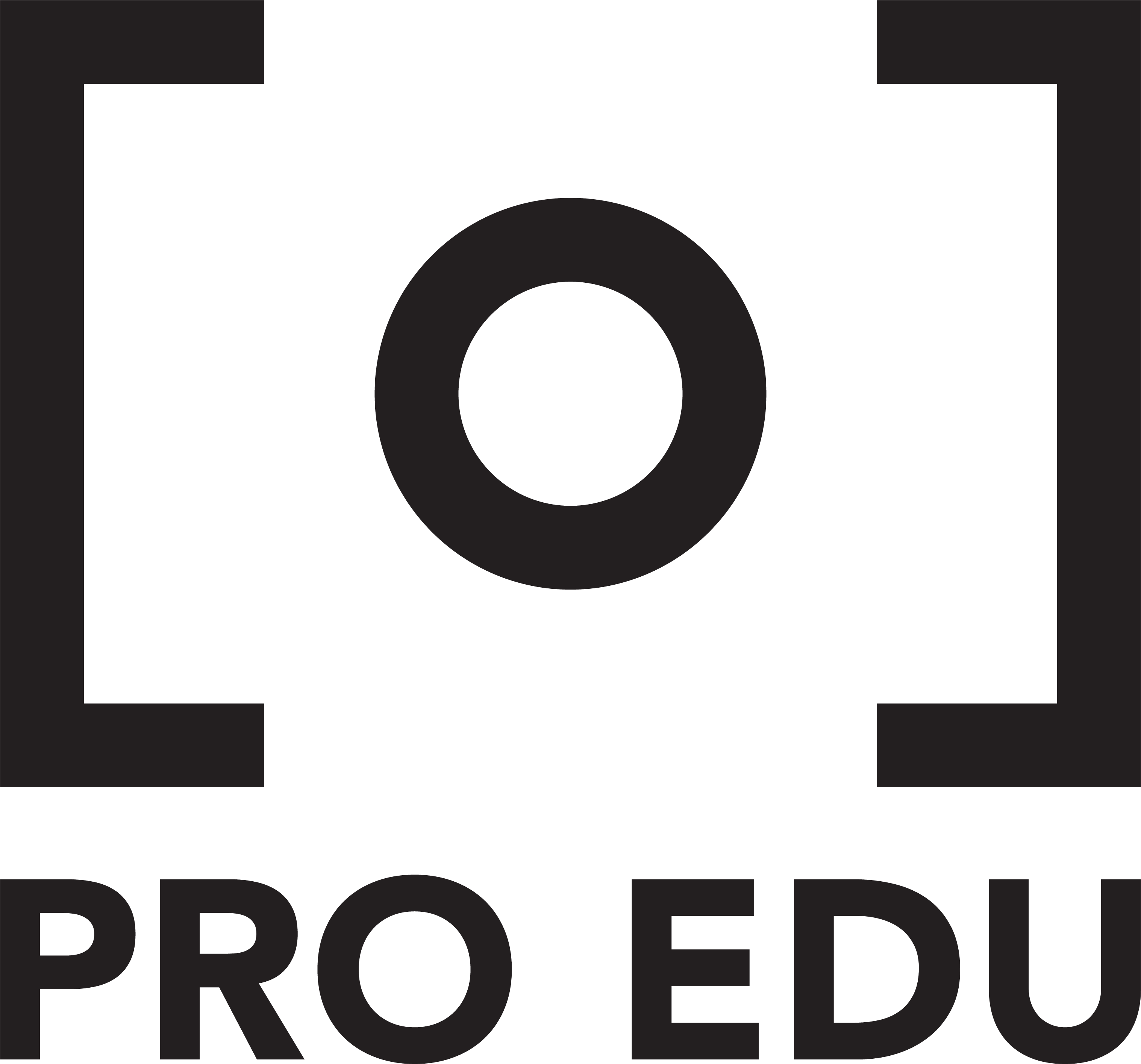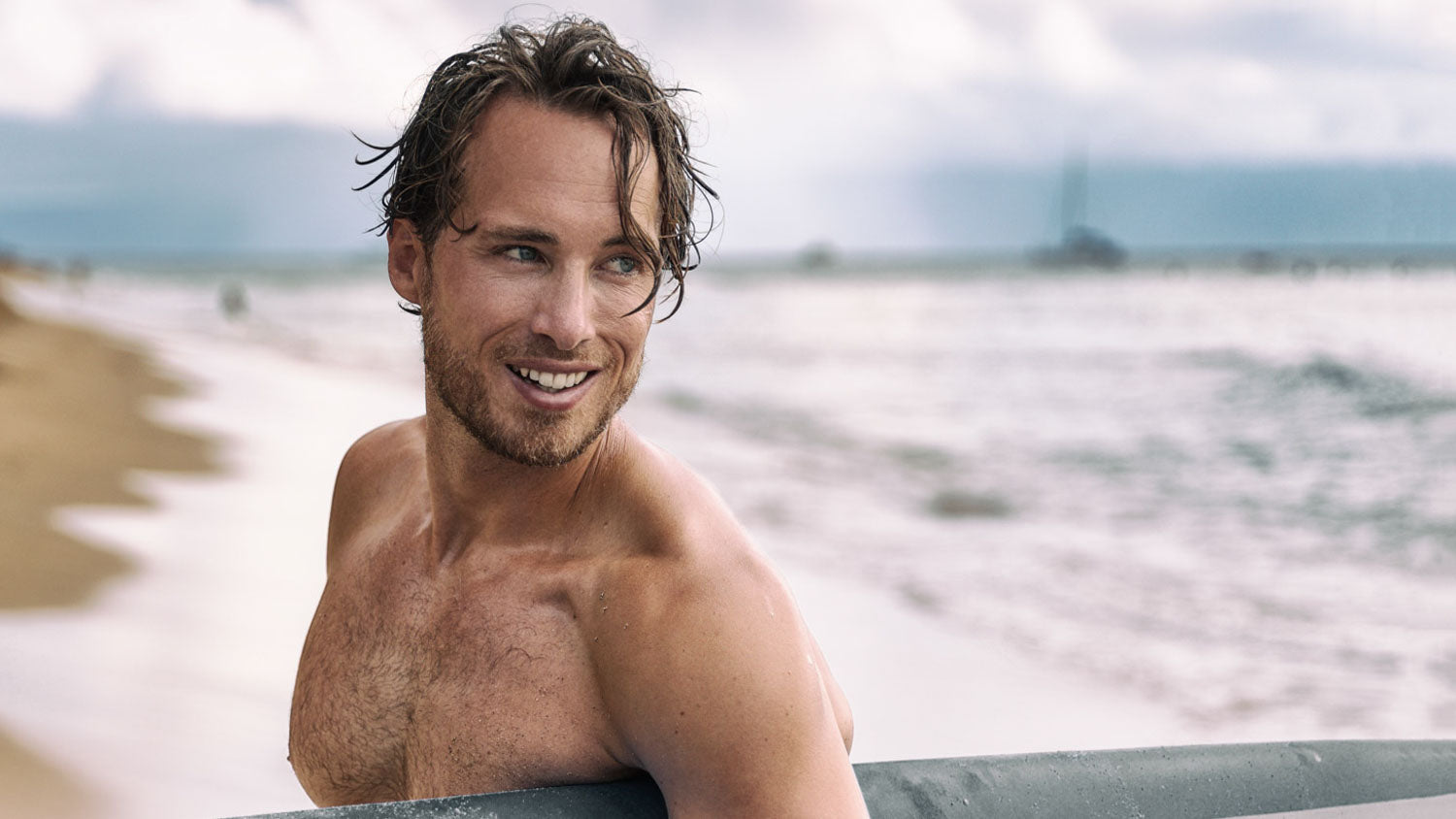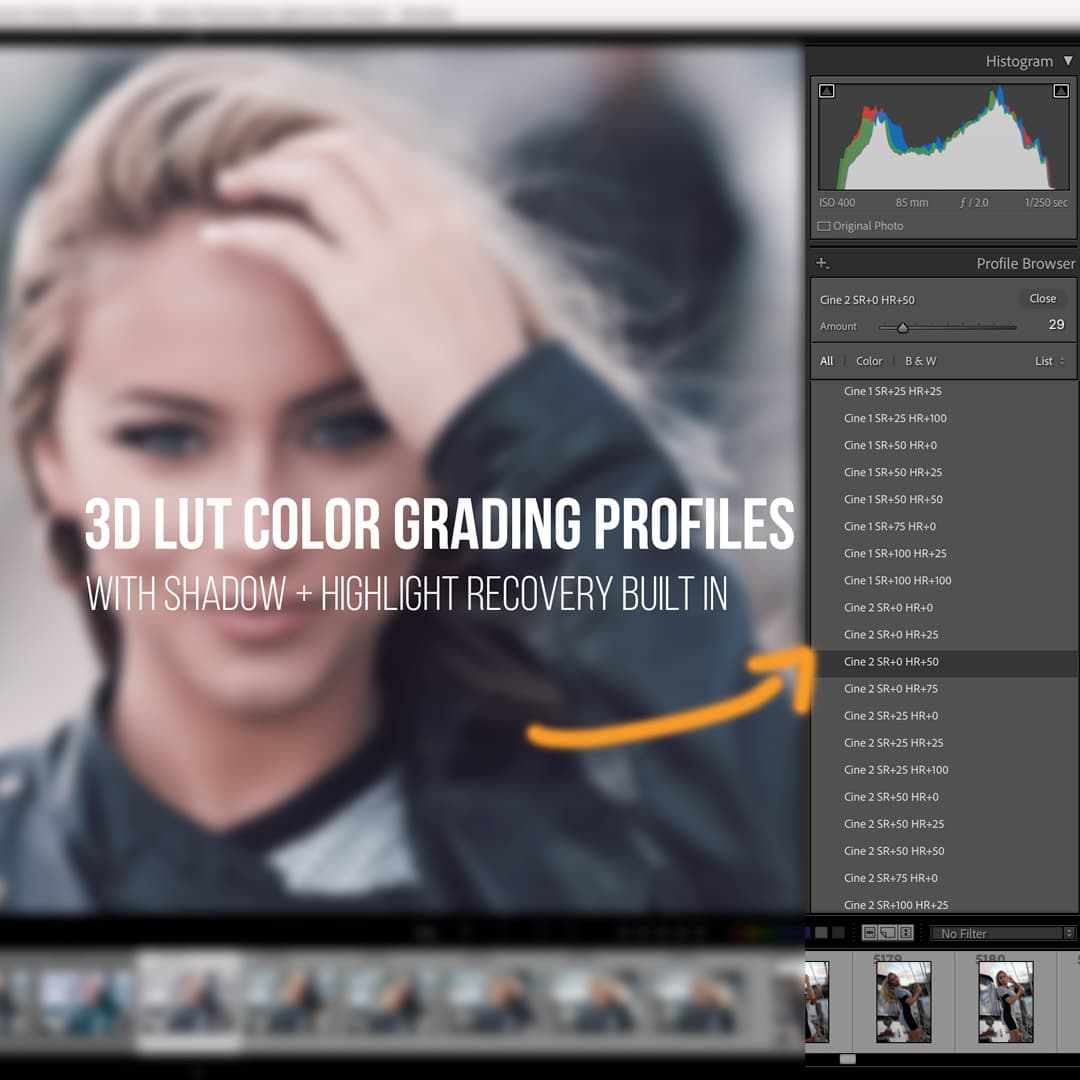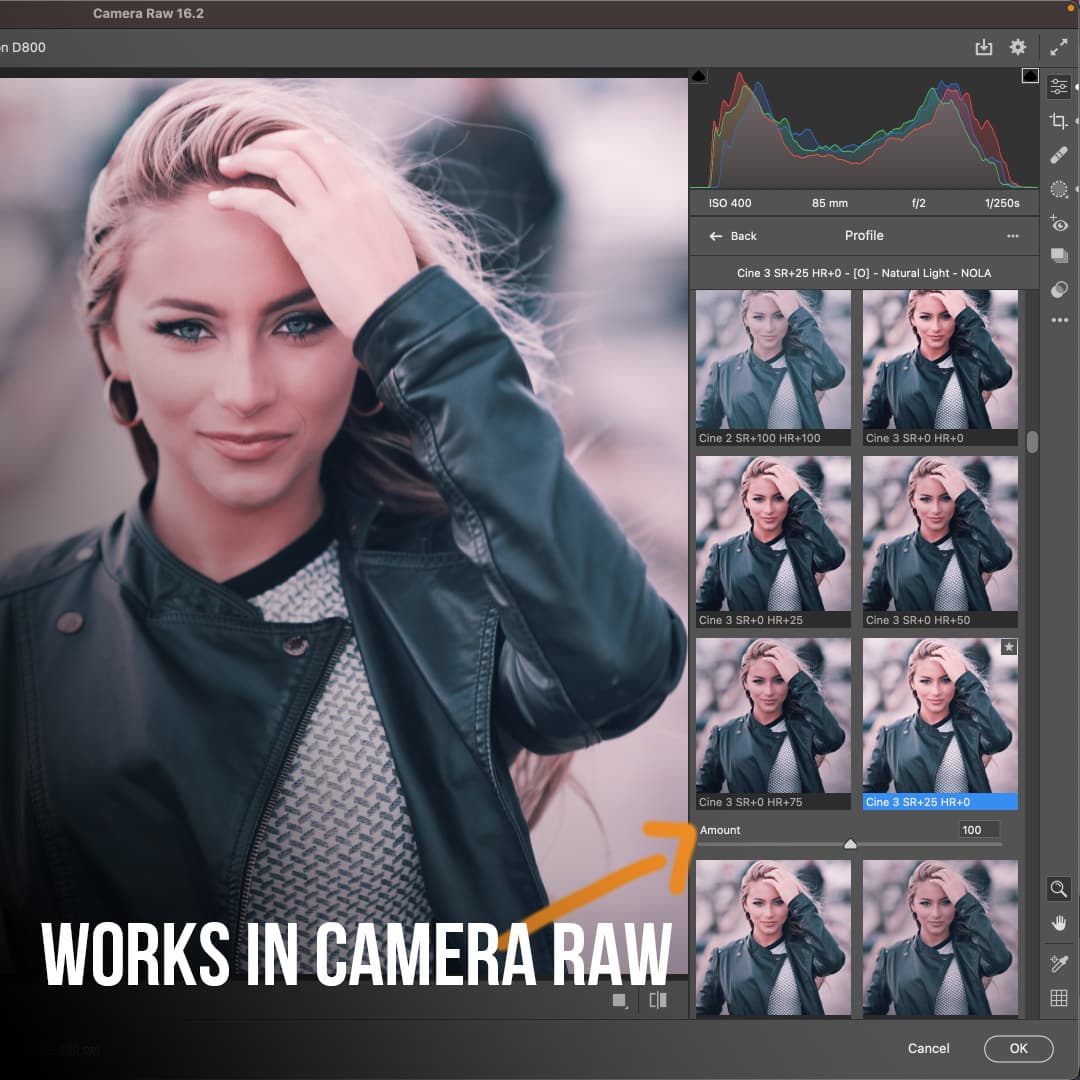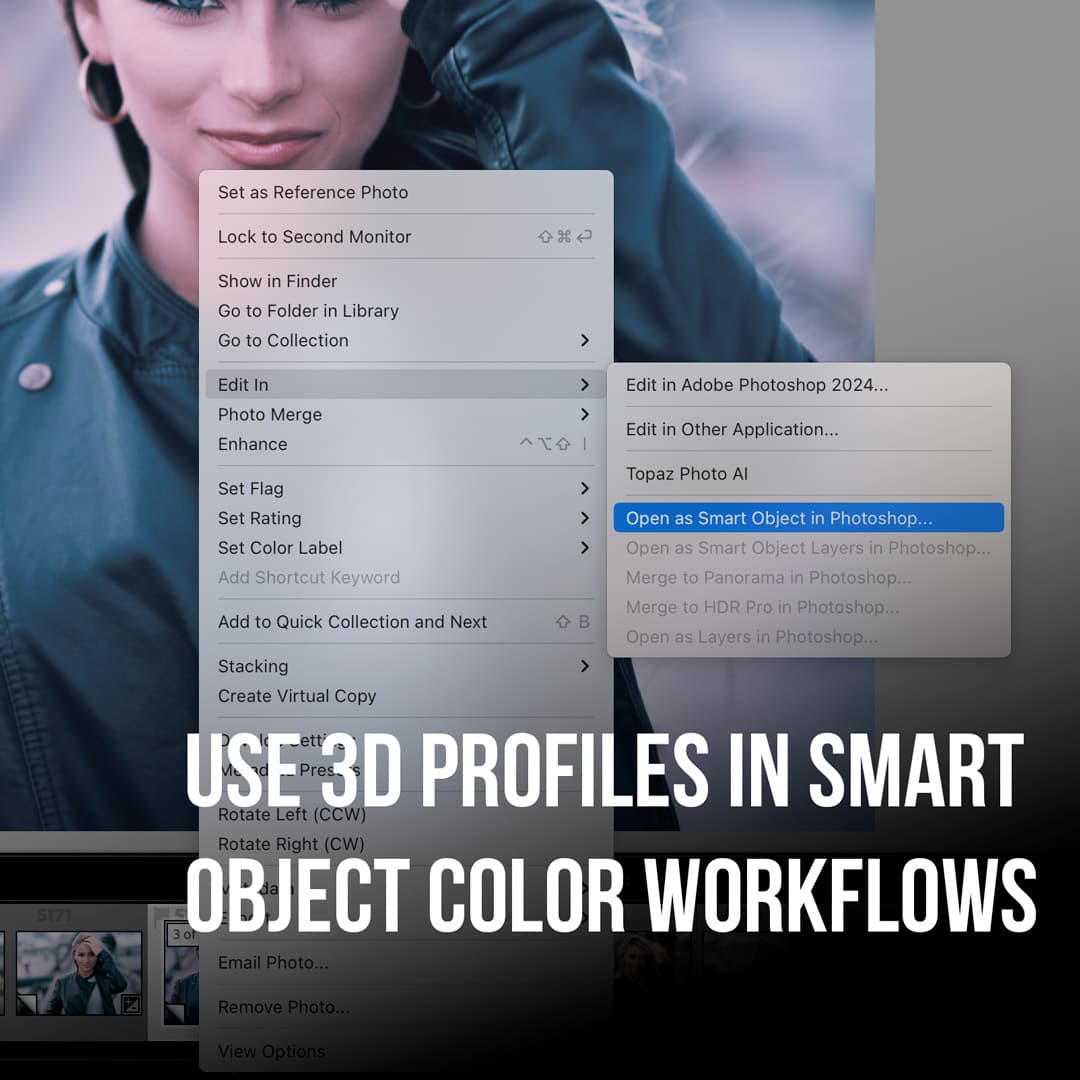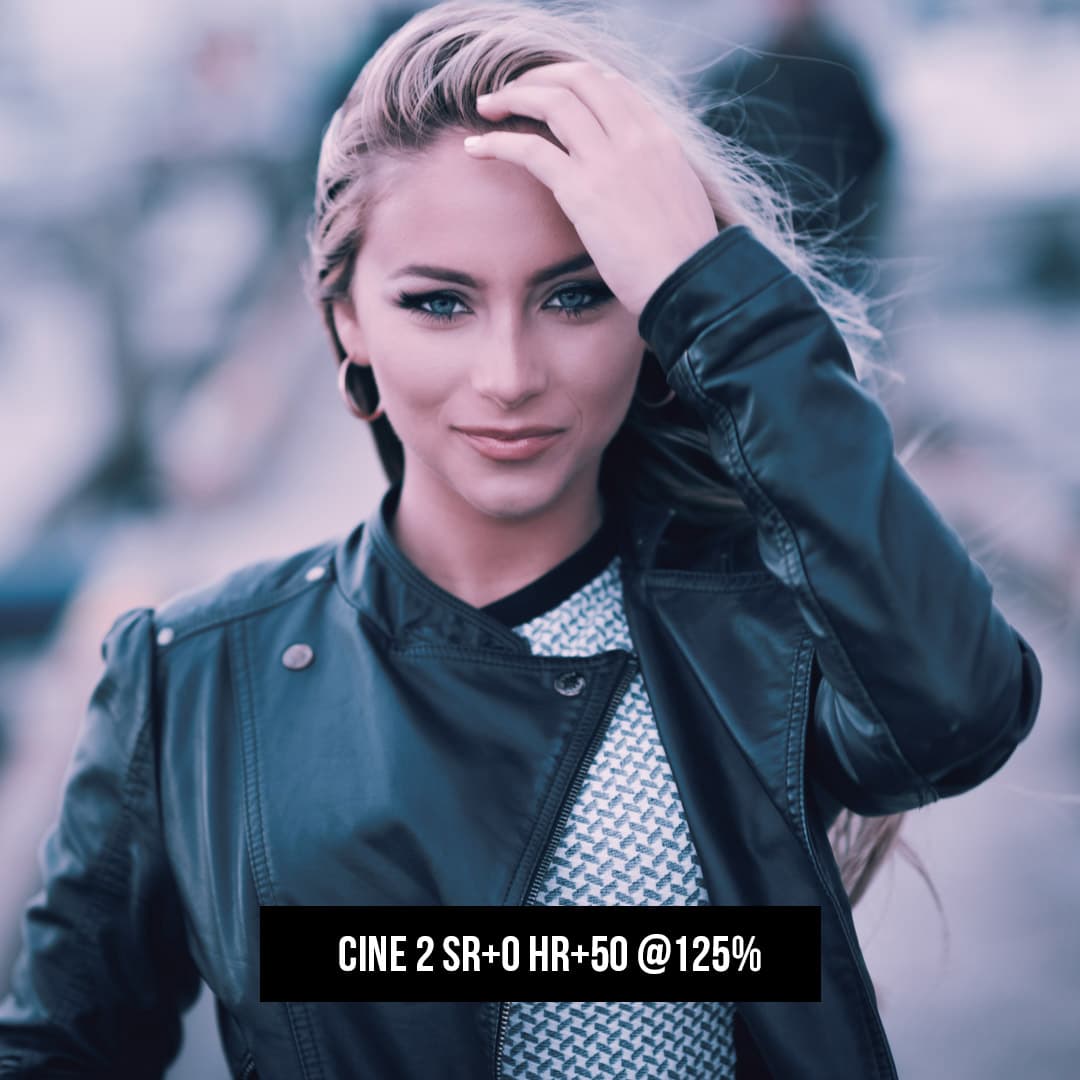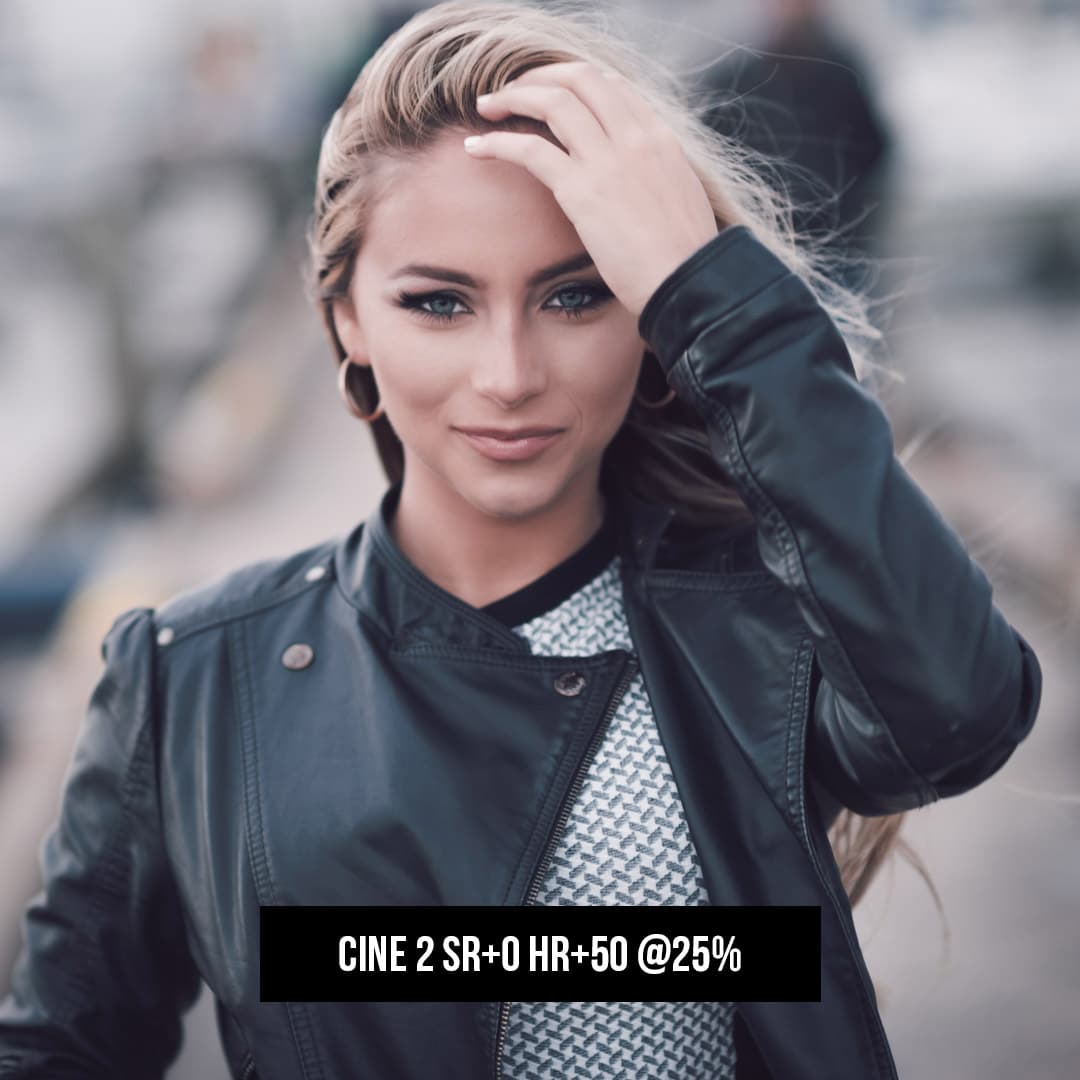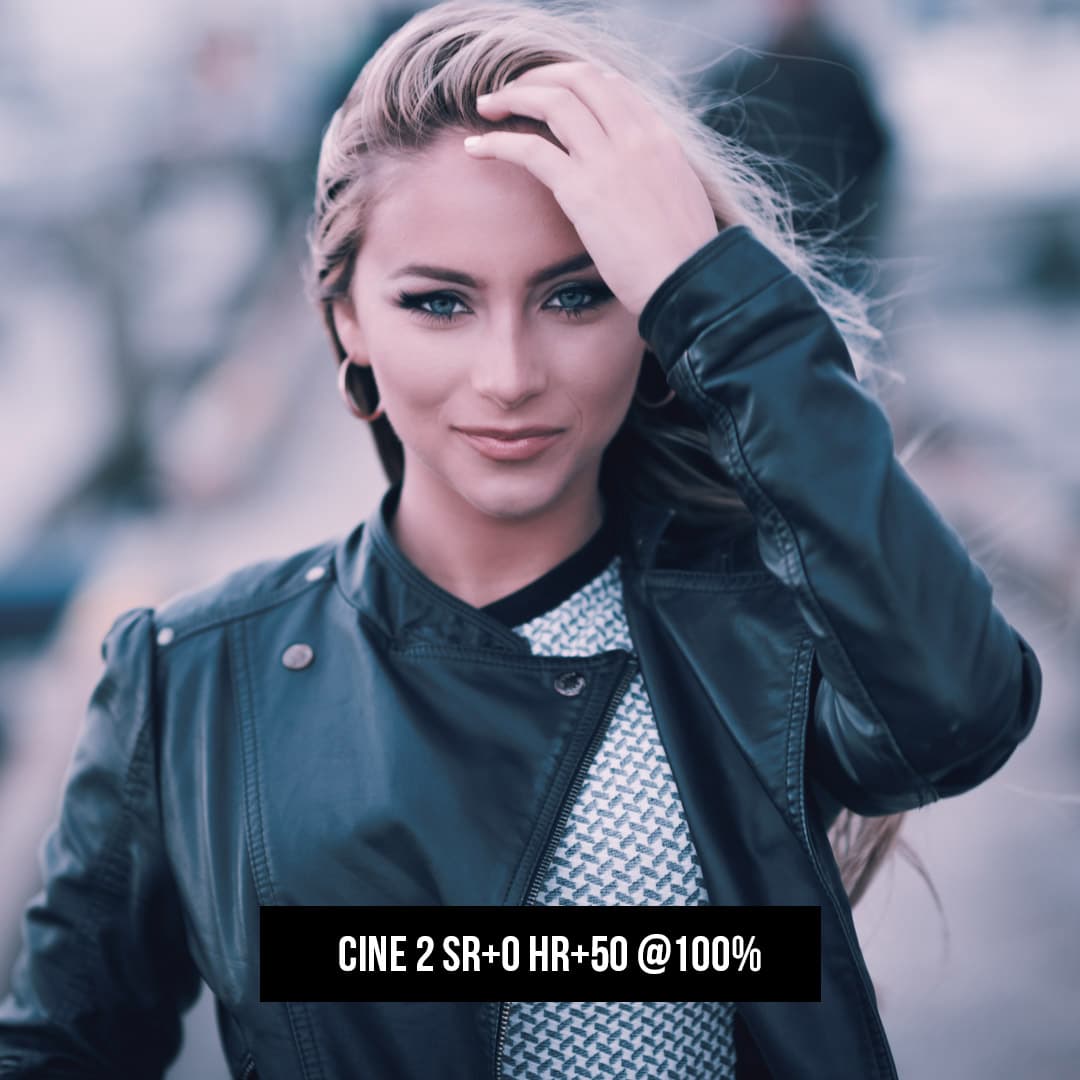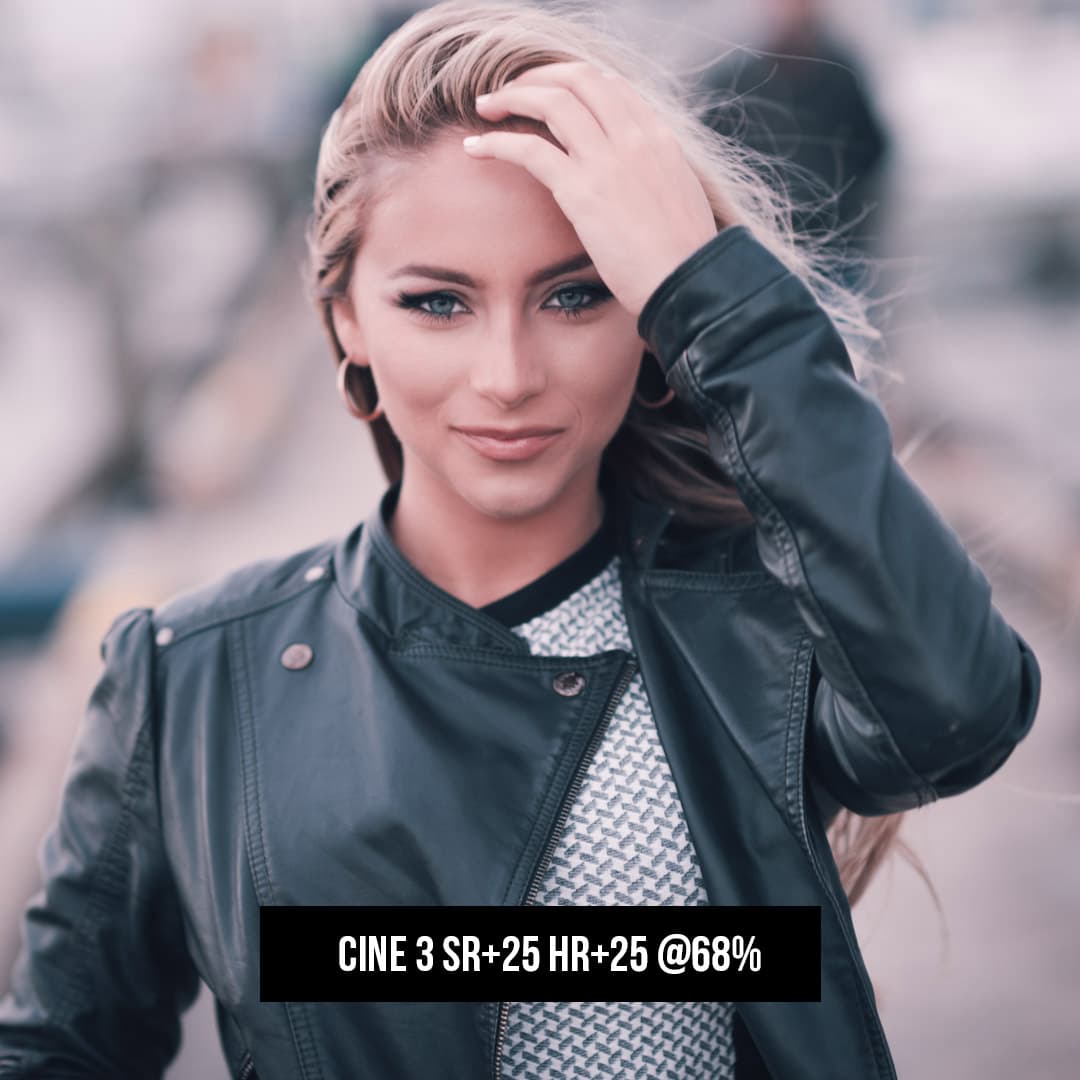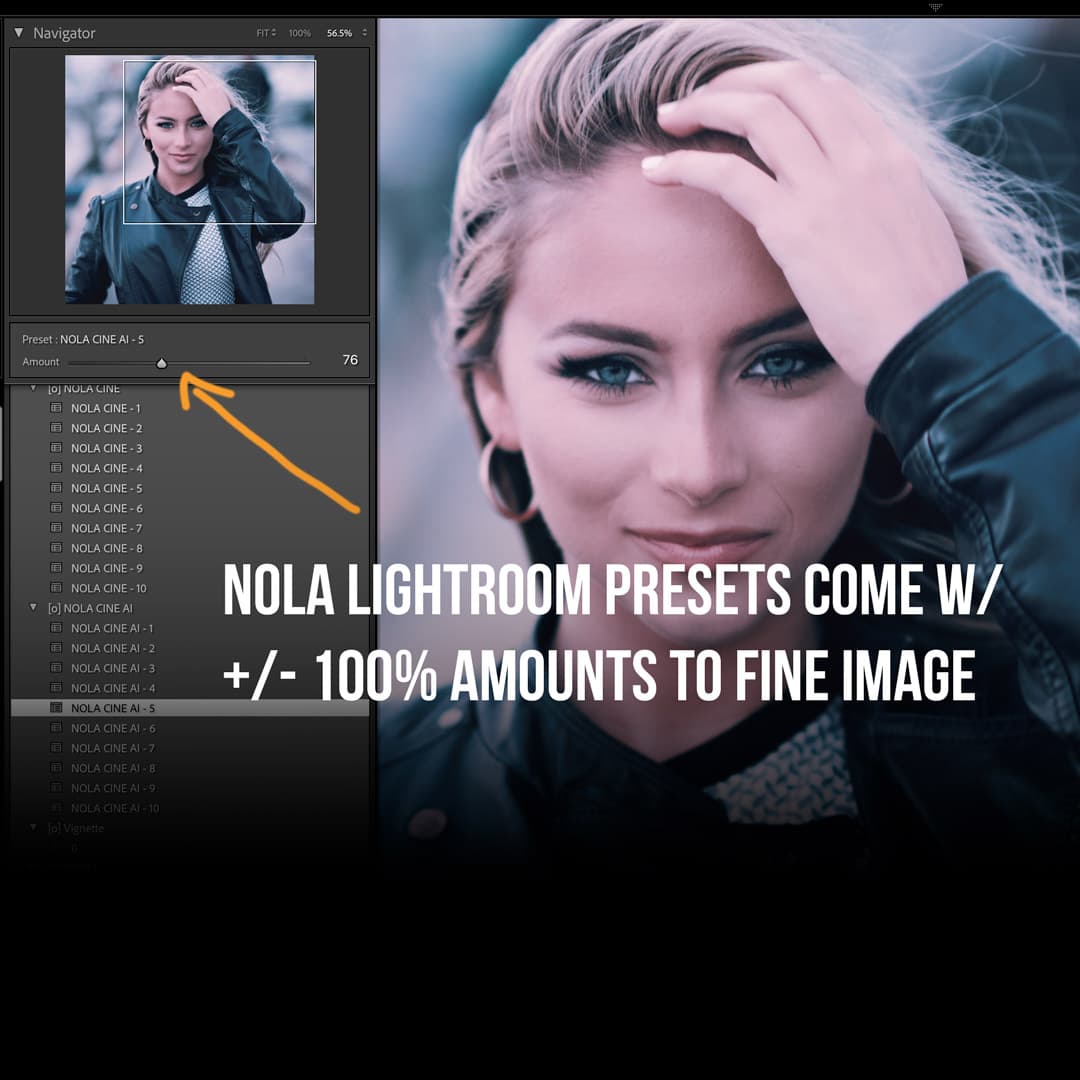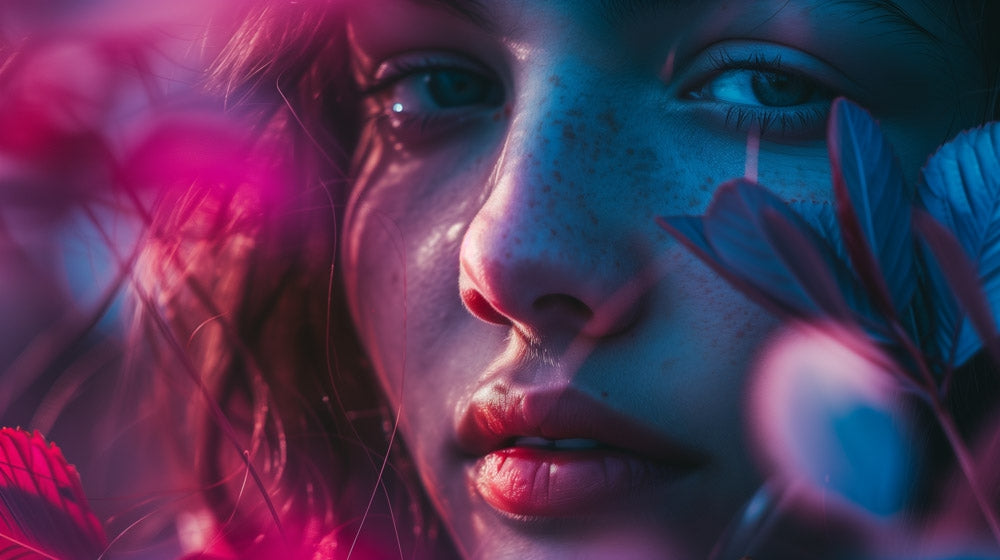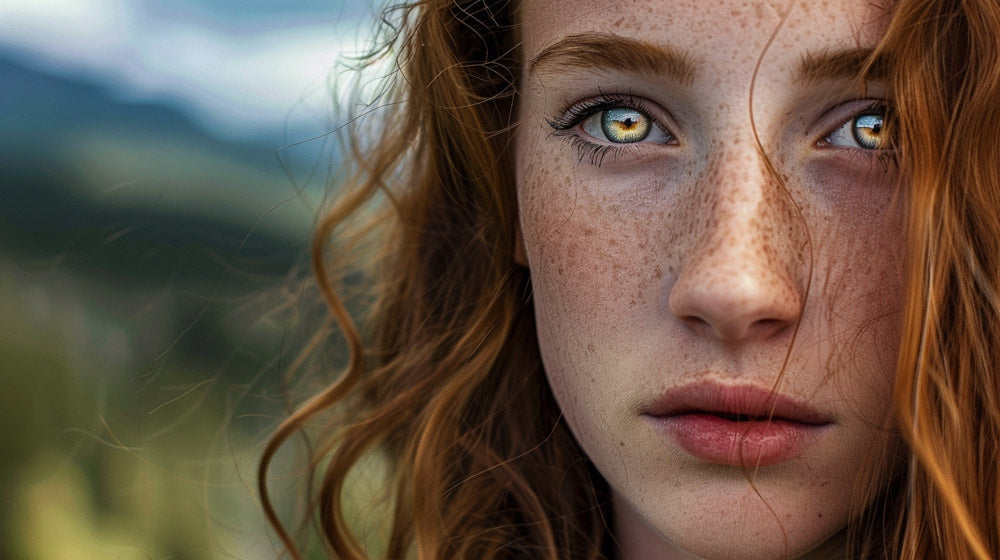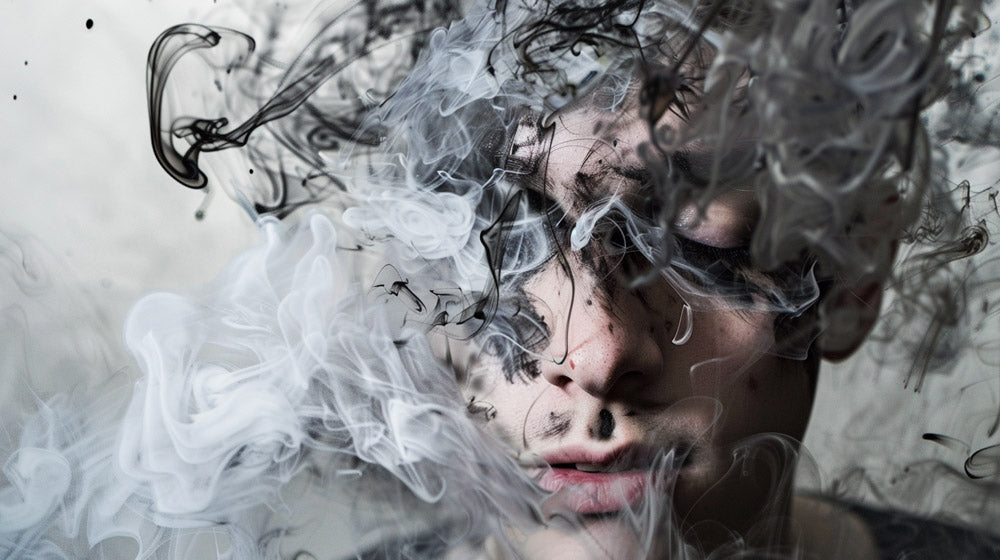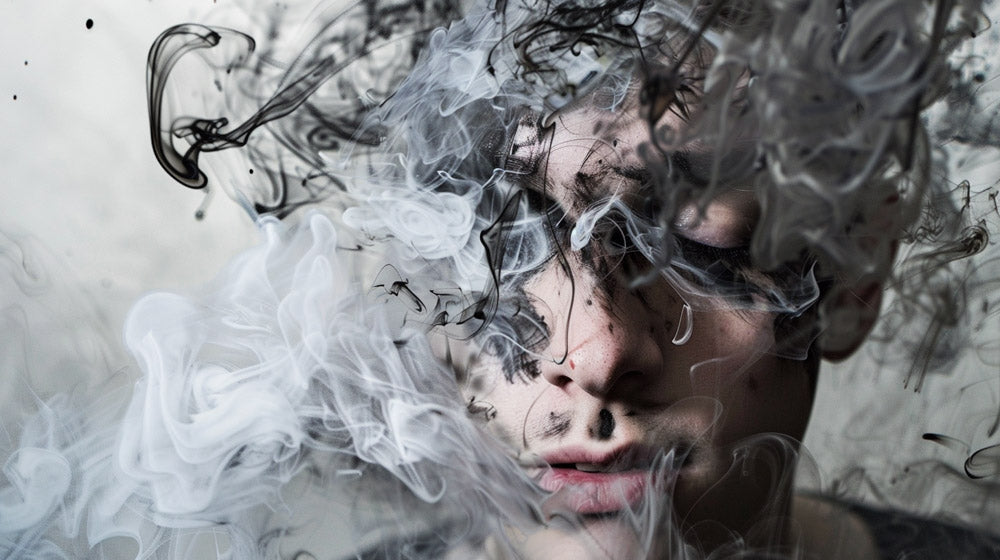Ever wondered what you'd look like with a shaved head? Thanks to modern photo editing tools, you can now satisfy your curiosity without touching a razor.
Using Photoshop or AI-powered online tools, you can create a realistic bald version of yourself in minutes.
We've all had those moments of contemplating a drastic change in appearance. Whether you're considering going bald or just want to have some fun with your photos, digital editing offers a risk-free way to explore this look.
From professional software like Photoshop to user-friendly AI bald filters, there are numerous options available to help you visualize a hairless version of yourself.
In this article, we'll guide you through various methods to create a bald look using photo editing techniques. We'll cover Photoshop basics, step-by-step tutorials, and even some quick mobile app solutions for those on-the-go transformations.
Get ready to see yourself in a whole new light!
Key Takeaways
- Digital tools allow you to create realistic bald transformations without shaving your head
- Photoshop offers professional-grade editing for the most authentic bald look
- AI-powered apps provide quick and easy bald transformations for sharing on social media
Understanding the Basics of Photoshop for Transformation
Mastering Photoshop's core features is essential for successful image transformations. We'll explore the interface, layering techniques, and the importance of precision in creating realistic bald edits.
Essentials of the Photoshop Interface
The Photoshop interface is our digital workspace for transforming images.
We start by familiarizing ourselves with the Tools panel on the left side, which contains crucial instruments like the Selection tools and the Move tool.
The Layers panel on the right is where we manage different elements of our image. We use the Options bar at the top to adjust tool settings for optimal performance.
For bald transformations, we frequently use the Brush tool, Eraser, and Clone Stamp. These tools help us remove hair and smooth skin textures.
Working with Layers and Layer Mask
Layers are fundamental to non-destructive editing in Photoshop. We create a new layer for each major edit, allowing us to adjust or remove changes without affecting the original image.
Layer masks are particularly useful for bald transformations. We use them to hide parts of a layer without deleting them. This technique is perfect for gradually removing hair or blending the edited areas with the original image.
To create a layer mask, we select the layer and click the "Add Layer Mask" button at the bottom of the Layers panel. We then use black to hide areas and white to reveal them.
Importance of Attention to Detail
Attention to detail is crucial for creating a realistic bald look in Photoshop. We focus on small elements that make a big difference, such as skin texture, lighting, and shadows.
We use the Clone Stamp tool to sample skin texture from other parts of the face and apply it to the newly bald areas. This helps maintain a consistent look across the entire head.
Adjusting lighting and shadows is key to making the transformation believable. We use the Dodge and Burn tools to add highlights and shadows where hair would normally cast them.
Preparing Your Photo for Editing
Before diving into the bald transformation process, proper photo preparation is crucial. We'll cover how to choose the right image and adjust the background for optimal results.
Selecting the Right Photo
Choosing an appropriate photo is the first step in creating a realistic bald look. We recommend using a high-resolution image with good lighting and a clear view of the subject's face and head. Front-facing or slightly angled shots work best.
Look for photos where the subject's hair isn't covering too much of their forehead or ears. This will make it easier to create a natural bald appearance.
Avoid images with complex hairstyles or accessories like hats, as these can complicate the editing process.
Adjusting the Background
A clean background makes the editing process smoother and more convincing. We suggest using Photoshop's selection tools to isolate the subject from the background.
Create a new layer for the background and fill it with a solid color or simple gradient. This helps focus attention on the subject and makes it easier to blend the edited areas.
If the original background is important, we can use the Clone Stamp tool to remove any stray hairs or distracting elements. This creates a cleaner canvas for our bald edit.
Creating a Realistic Bald Look
Achieving a convincing bald appearance in Photoshop requires attention to detail and careful editing techniques. We'll explore key methods to create a natural-looking bald effect using digital tools.
Using the Brush Tool
The brush tool is essential for creating a smooth, hairless scalp.
We start by selecting a soft round brush with low opacity. Gradually build up the bald effect by painting over the hair in small, circular motions. This technique helps blend the edited areas seamlessly.
For a more realistic look, we vary the brush size. Smaller brushes work well for detailed areas like the hairline and temples. Larger brushes are ideal for covering broader sections of the scalp.
We recommend using a tablet with pressure sensitivity for optimal control. This allows us to adjust the brush intensity naturally, creating a more authentic bald appearance.
Matching Skin Tones
Accurate skin tone matching is crucial for a believable bald look. We use the eyedropper tool to sample colors from the subject's face and neck. This ensures the edited scalp area matches the rest of the skin.
Creating a custom swatch palette with various skin tones helps maintain consistency. We apply these colors using soft, low-opacity brushes to build up a natural-looking scalp texture.
For added realism, we incorporate subtle variations in tone. This mimics the natural imperfections and color changes found in real skin.
Considering Head Shape
Head shape plays a vital role in creating a convincing bald appearance. We carefully observe and enhance the natural contours of the skull. This often involves adding highlights and shadows to accentuate the curvature of the head.
Using a low-opacity brush, we add subtle shadows along the sides of the head and at the nape of the neck. This creates depth and emphasizes the skull's structure.
We also pay attention to how light interacts with a bald head. Adding a soft shine to the top of the scalp can enhance the realism of the edit. This effect is achieved using a very light color and a large, soft brush at low opacity.
Step-by-Step Photoshop Tutorial for a Bald Transformation
Creating a bald look in Photoshop requires precision and attention to detail. We'll guide you through applying a realistic bald head filter and refining the edges for a seamless result.
Applying the Bald Head Filter
To start our bald transformation, we'll use Photoshop's powerful tools to create a convincing bald appearance.
First, we open our image and duplicate the background layer. Next, we select the Pen Tool and carefully trace around the hairline, creating a closed path.
We convert this path to a selection and create a new layer mask. Using the Brush Tool with a soft edge, we paint with black on the mask to hide the hair. We then use the Clone Stamp Tool to sample nearby skin tones and create a smooth scalp texture.
To add realism, we apply subtle shadows and highlights. We create a new layer set to Overlay blending mode and use a soft brush to add depth to the crown and temples.
Refining the Edges
Refining the edges is crucial for a natural-looking bald transformation.
We zoom in close to the hairline and use the Refine Edge tool to smooth out any harsh transitions. This tool allows us to adjust the edge detection and smoothness.
We pay special attention to areas like the temples and nape of the neck, where hair typically tapers off. Using a small, soft eraser brush, we gently blend the edges of our bald area into the existing skin.
To enhance realism, we add some fine "peach fuzz" using a custom brush with scattered settings. This subtle detail helps integrate the bald area with the rest of the face. Finally, we adjust the overall skin tone to ensure consistency across the entire head.
Leveraging AI Filters and Tools
AI-powered filters and tools have revolutionized the process of visualizing baldness in photos. These advanced technologies offer quick, realistic results without extensive manual editing.
Integrating AI Technology
AI filters have made it easier than ever to see how you'd look without hair. We can now upload a photo and let the AI do the work, transforming our appearance in seconds.
These filters use sophisticated algorithms to analyze facial features and head shape, ensuring a natural-looking bald effect.
Many platforms offer this capability. For instance, LightX provides a free AI bald filter that allows users to preview a shaved head look instantly. Similarly, Fotor's AI bald filter enables users to experiment with different bald styles.
Utilizing Auto-Detection Features
Auto-detection is a key feature in AI-powered baldness simulators. This technology automatically identifies the hairline, head shape, and facial features in an uploaded image.
We've seen significant improvements in these tools' ability to create realistic results.
Adobe Photoshop's Neural Filters, powered by AI, offer advanced capabilities for image manipulation. These filters can seamlessly remove hair and adjust skin texture to create a convincing bald appearance. The preview function allows us to see potential changes before applying them, ensuring we achieve the desired look.
Some online tools, like Media.io's AI bald filter, offer customization options. We can choose from various styles, from clean-shaven to more humorous effects, tailoring the bald look to our preferences.
Taking a Bald Selfie with Mobile Apps
Mobile apps offer an easy way to see yourself bald without actually shaving your head. We'll explore options for iOS devices, popular bald filter apps, and how to share your transformed look on social media.
Options for iOS Devices
iOS users have several bald filter apps at their fingertips. The YouCam Perfect app stands out as a top choice. It provides two methods for creating bald selfies:
- Bald Filter: Upload your photo and apply the filter with a tap.
- AI Hairstyle: Choose from various bald styles to suit your face shape.
These options allow for quick and realistic previews of a bald look. The app's user-friendly interface makes it simple to experiment with different styles and angles.
Bald Filter Apps
Several apps cater specifically to creating bald selfies. BaldBooth and Bald Face offer straightforward interfaces for quick transformations. Here's how they typically work:
- Upload a selfie or take a new photo.
- Adjust the hairline and baldness level.
- Fine-tune skin tone and shine for a realistic look.
Some apps even allow you to add facial hair or accessories to complete your new look. The key is to choose an app with good reviews and realistic results.
Sharing on Social Media Platforms
Once you've created your bald selfie, sharing it on social media is a breeze. Most bald filter apps integrate directly with popular platforms like Instagram, Snapchat, and Facebook.
To share your bald transformation:
- Save the edited photo to your device.
- Open your preferred social media app.
- Create a new post and select your bald selfie.
- Add a catchy caption about your virtual makeover.
Sharing these humorous transformations can spark fun conversations and engage your followers. It's a great way to experiment with your look without commitment.
Adding Humor to Your Bald Photos
We can make our bald photos more entertaining by adding humorous elements. Applying a shaved head filter to our pictures creates a delightful surprise.
Here are some fun ideas to try:
- Add funny accessories like oversized sunglasses or a fake mustache
- Create a "before and after" collage showing dramatic hair loss
- Photoshop your bald head into unexpected situations
We can share our hilarious bald selfies on social media platforms like Instagram, Snapchat, and TikTok. This adds a touch of humor to our feed and helps us stand out.
For maximum impact, we can:
- Use witty captions
- Create memes with our bald photos
- Challenge friends to a "who looks better bald" contest
Transforming our appearance instantly with a bald filter allows us to explore new looks humorously. We can experiment with different styles, from clean-shaven to outrageous.
By embracing the humor in our bald photos, we turn a simple edit into an entertaining experience. It's a great way to spark laughter and engage with our social media followers.
Frequently Asked Questions
People often wonder about the best methods and tools for digitally simulating a bald appearance. We've compiled answers to common questions about using Photoshop, online platforms, and mobile apps to visualize baldness.
How can I simulate a bald appearance using Photoshop?
To create a bald look in Photoshop, we recommend using the Clone Stamp tool. This allows you to remove hair and blend skin tones for a realistic effect. Start by creating a path around the subject's head with the Pen Tool.
Next, carefully clone nearby skin areas to cover the hair. Adjust the opacity and flow of the Clone Stamp to achieve natural-looking results.
What are the best online tools for visualizing myself with a bald head for free?
We've found several free online tools that can help you visualize a bald appearance. LightX offers an AI-powered bald filter that works with just one click. It's available on web, iOS, and Android platforms.
Another option is OpenArt's free online bald filter. This tool allows for quick personal experimentation without committing to an actual hair change.
Which mobile apps offer features to see how I would look if I were bald?
Many photo editing apps now include bald filters or hair removal features. We recommend checking your device's app store for options like FaceApp or Baldify. These apps often use AI technology to create realistic bald simulations.
Look for apps with high user ratings and recent updates for the best experience.
Are there any reliable websites that can show me what I would look like bald?
Yes, several websites offer this service. We've mentioned LightX and OpenArt, which both provide online bald filter options. These sites are user-friendly and don't require advanced photo editing skills.
Remember to read user reviews and check for any privacy concerns before uploading your photos to these platforms.
Can I find a bald filter to apply to my photos online?
Absolutely. Many online photo editors now include bald filters as a standard feature. We've found that LightX's AI bald filter is particularly easy to use and accessible.
These filters typically work by analyzing your facial features and applying a realistic bald appearance to your image.
How do I use a shaved head filter on my image?
Using a shaved head filter is usually straightforward. We recommend starting by uploading a clear, front-facing photo to your chosen platform.
Look for a "bald" or "shaved head" option in the filter or effect menu. Apply the filter and adjust any available settings to fine-tune the result.
Some apps may allow you to modify skin tone or head shape for a more personalized look.

